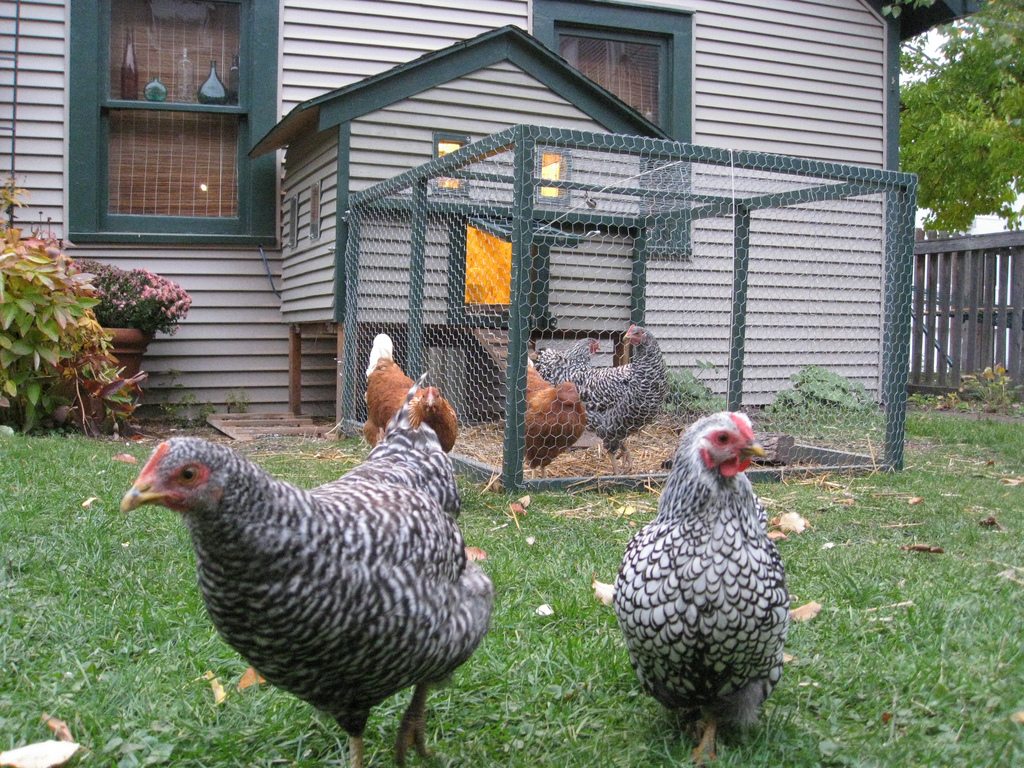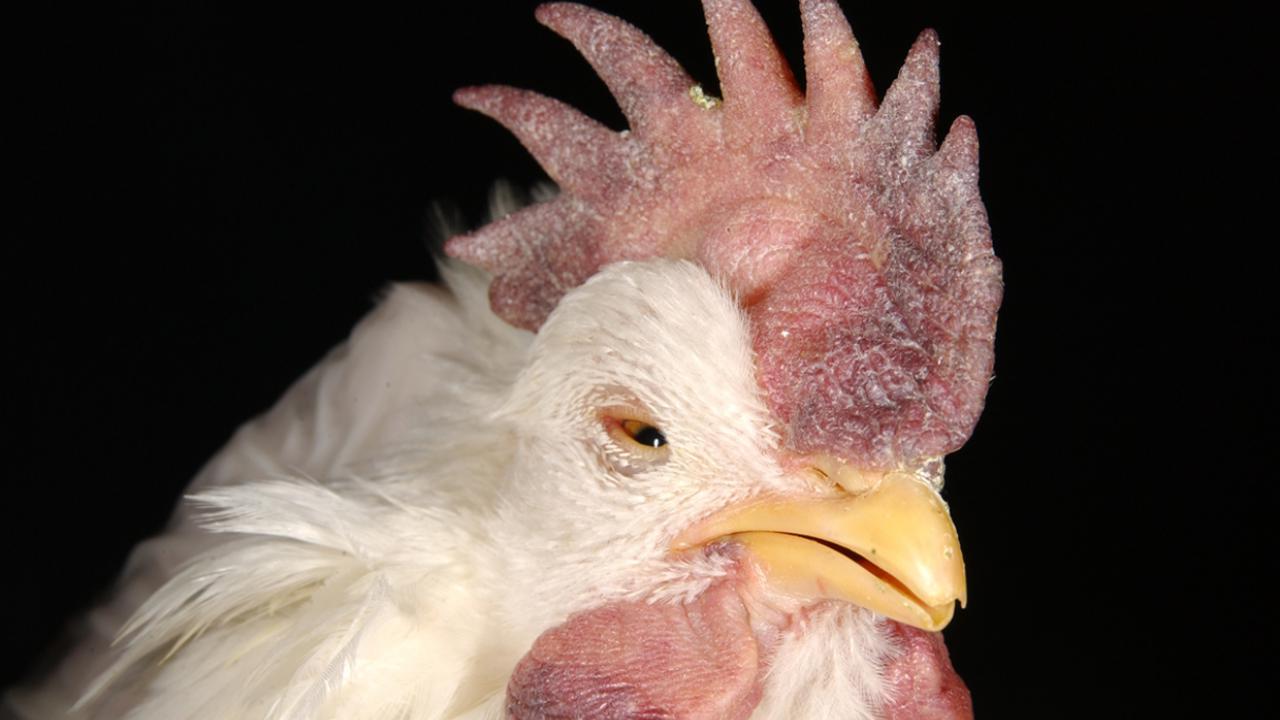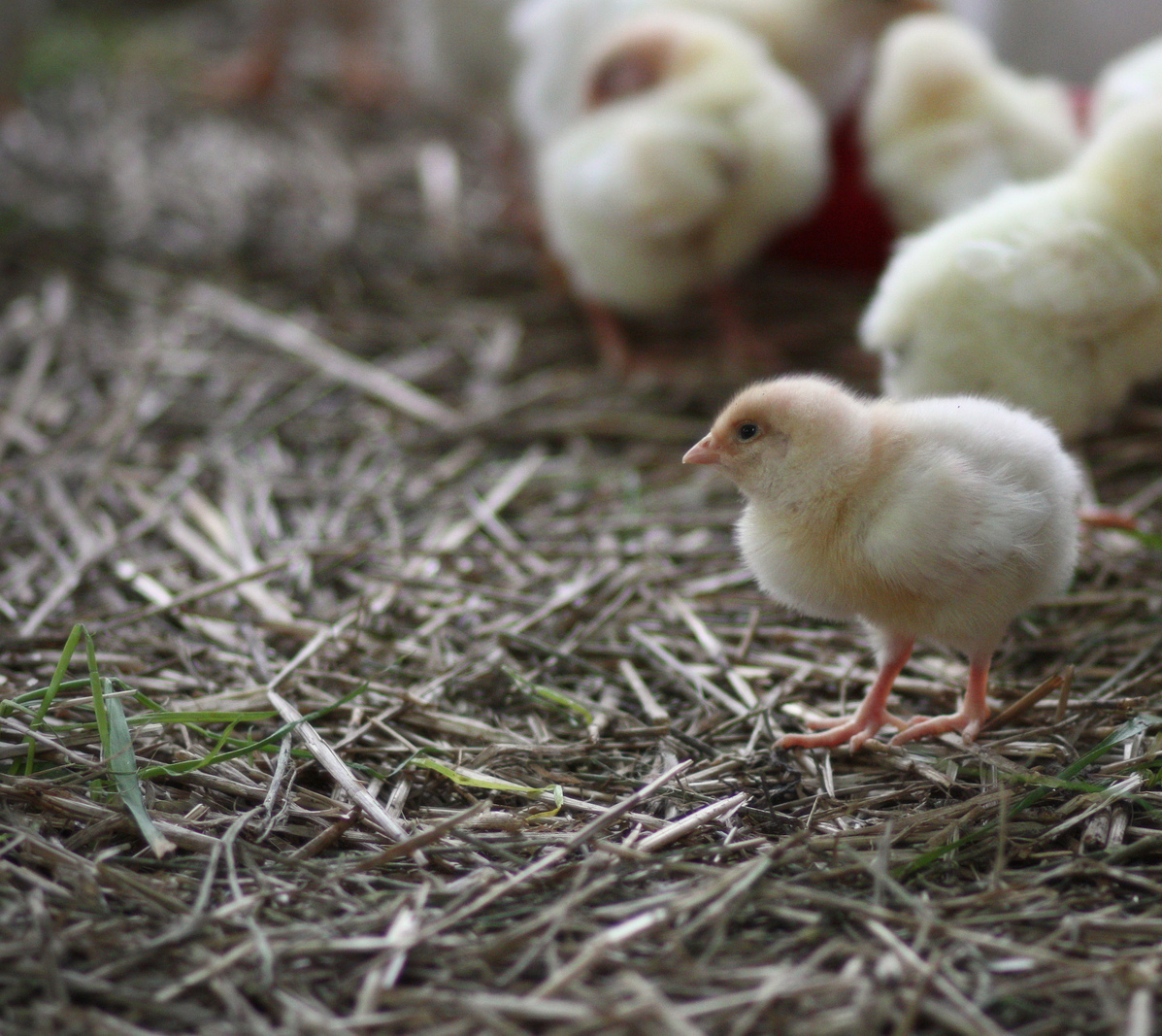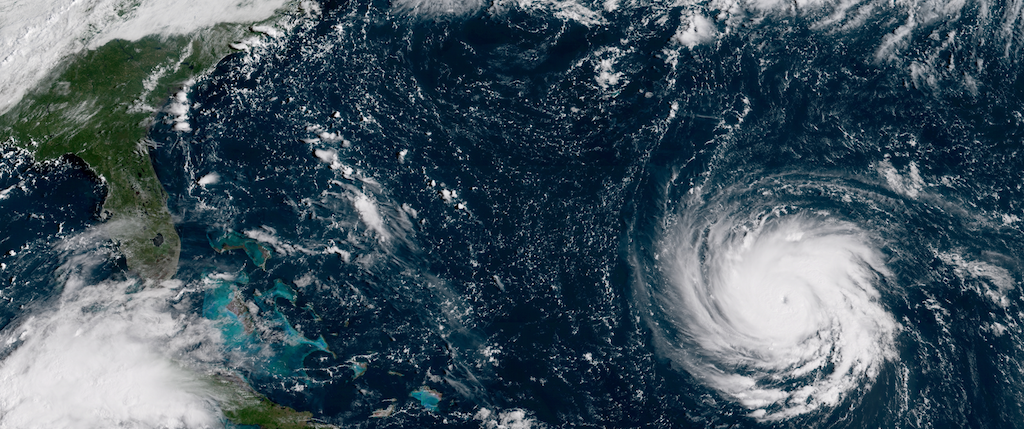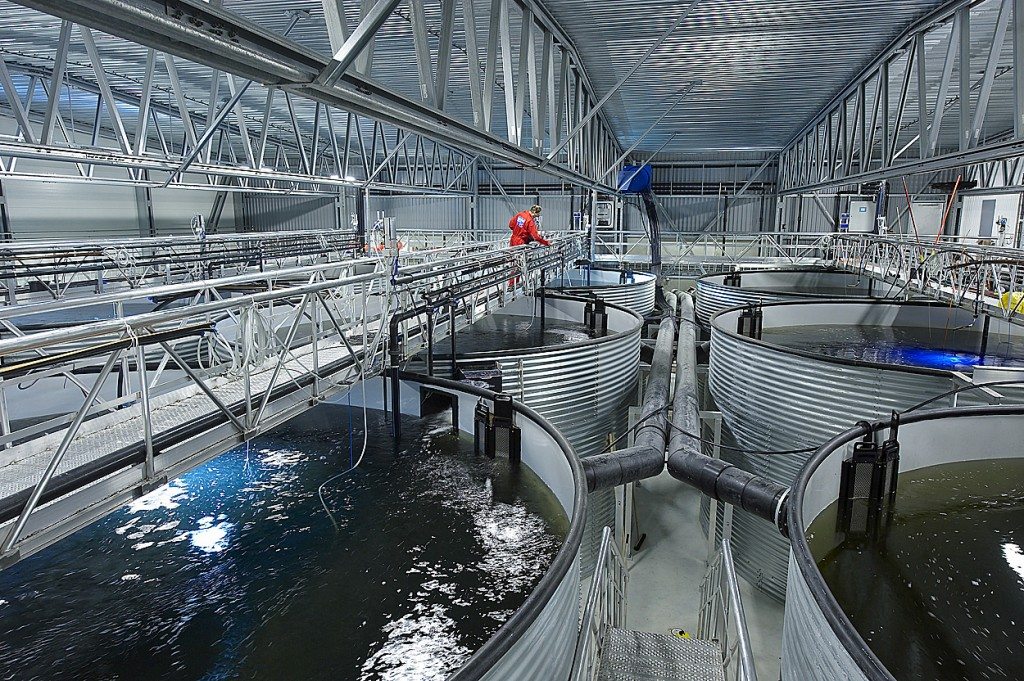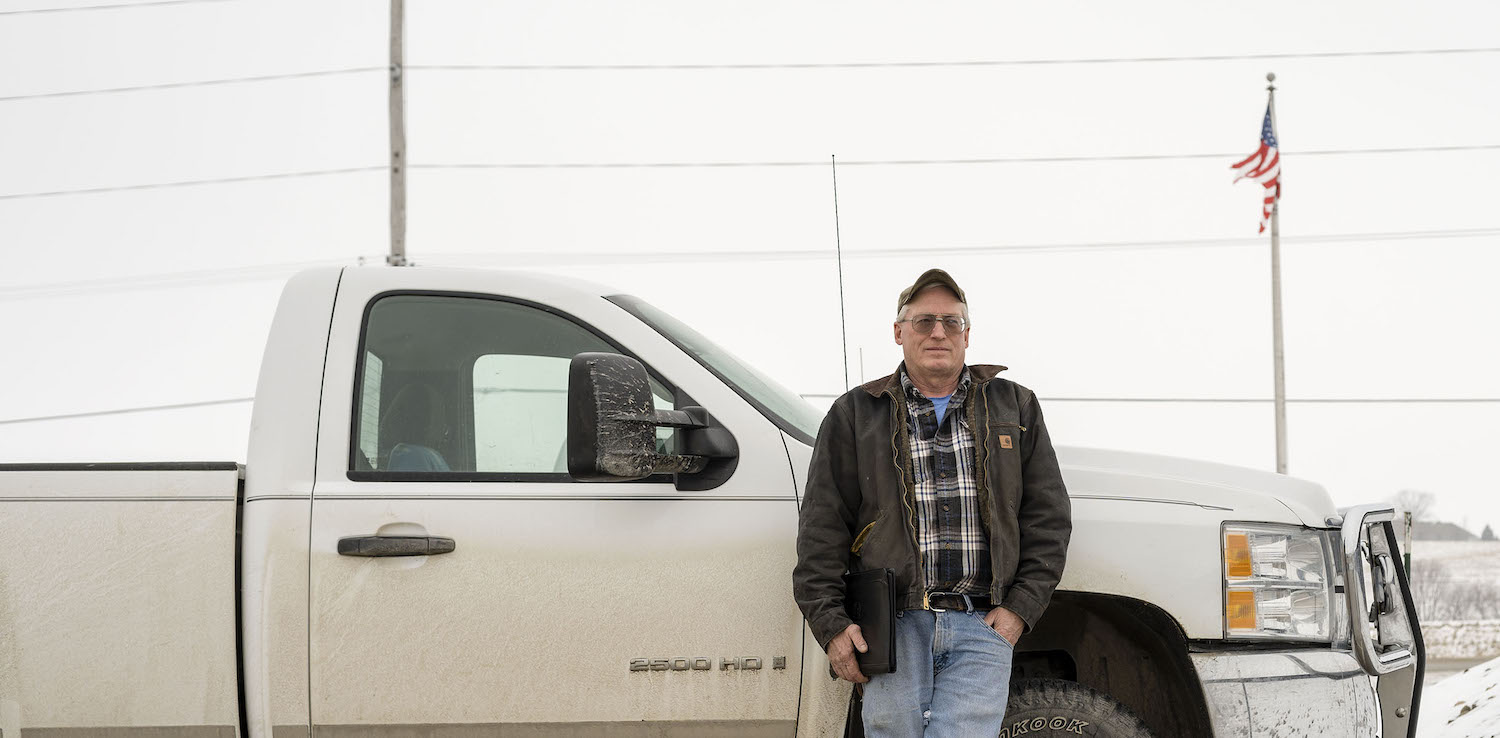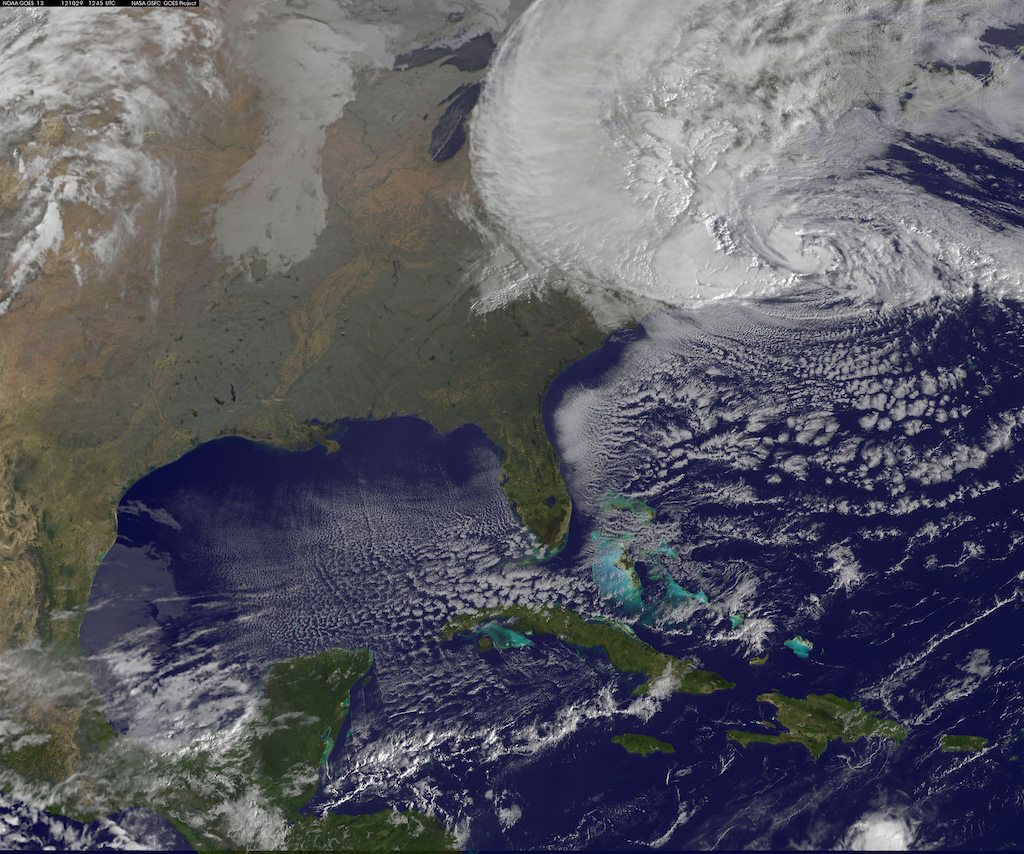How big a deal are backyard chickens? It’s hard to say, though the trend pieces have held steady for years. Some have noticed a surge in poultry-related noise complaints (see the Reddit thread “My neighbors chickens are assholes—can I do anything?”). Some have measured the phenomenon by the uptick in local vet visits. Others have noted the marked increase in abandoned birds dropped off at pet shelters, presumably by disenchanted hobbyists. But while anecdotal evidence suggests their ranks are growing, harder numbers remain elusive.
Now, though, we’ve got a new sign of the movement’s rise, thanks to the Centers for Disease Control and Prevention (CDC). It’s called salmonella poisoning.
According to CDC, backyard chickens and ducks can be blamed for ten concurrent salmonella outbreaks nationwide since January 1st, sickening 961 people and killing 1. (74 percent of the people sickened by the culprit strains “reported contact with live poultry in the week before illness started.”) That’s compared to only 173 confirmed cases linked to the tainted Maradol papayas that made headlines earlier this year.
 CDC
CDC Number of people infected with Salmonella from live poultry, by state, between January 1st and August 11, 2017
That’s why CDC now offers a list of warnings on its website, pointing out benign-seeming behaviors that might tempt to the newly flocked, but are actually a very bad idea. Including: Don’t eat or drink in or around a chicken coop. Don’t cuddle or kiss your birds, no matter how cute they look. And, whatever you do, please don’t bring them inside your house—especially the kitchen. All these things are likely to get you sick. And not just you—your kids. Thanks to their still-developing immune systems, CDC writes, “children … have a greater chance of illness from handling live poultry or anything in the area where they live and roam. Even handling baby birds displayed at stores can cause a Salmonella infection.”
CDC offers a list of best practices that can keep salmonella from spreading to the home from the backyard. Simple hand-washing goes a long way, as does regular coop-cleaning, egg collecting, and of course thorough cooking. There’s no reason that hobbyist egg farmers have to get sick if they take basic precautions. But will they? We’ll see.
Americans may be drawn to backyard chickens by a pastoral vision, the fantasy of happy birds wandering the grounds and fresh eggs every morning. For people who want to vote with their forks, the appeal is clear. But the irony is that many of the companies supplying folks with mail-order chicks come from the other end of the ideological spectrum: They run industrial facilities, ones that make money by producing chicks by the millions in factory-like conditions. I’ve written before about the production challenges faced in the chick industry, and why the governing paradigm leads to large numbers of newborn chicks being euthanized without anesthetic. No one likes the optics of baby chicks being thrown into a grinder, but the demands of large-scale hatching also have public health considerations that are relevant here: namely, that many chicks are infected with salmonella before they even arrive at their new homes.
In an recent interview with the Detroit Free Press, CDC’s Megin Nichols explained that baby chicks purchased through large, mail-order hatcheries are often housed and shipped in cramped, crowded quarters, which can lead to them arriving stressed out and sick.
“These aren’t necessarily the [kind of] birds that have been in the back yards for years and years,” she says. “These multi-state outbreaks are often birds that just came into the home, that are stressed and they’re shedding salmonella.”
Which is strange, when you think about it. The backyard chicken revolution seems to be driven by people who want to know more about where their food comes from. You’d think they’d extend the same curiosity to their chicks.
